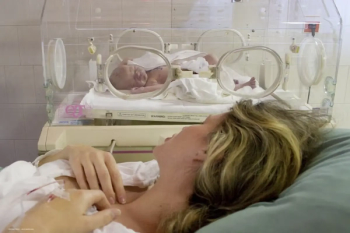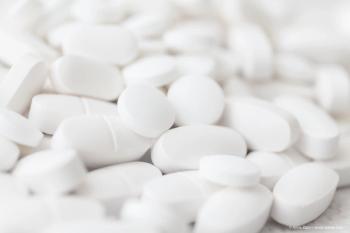
Ranibizumab and photodynamic therapy successful
A ranibizumab and photodynamic therapy combination can improve visual acuity and reduce exudation in polypoidal choroidal vasculopathy.
A ranibizumab and photodynamic therapy combination can improve visual acuity and reduce exudation in polypoidal choroidal vasculopathy.
Dr Masaaki Saito et al., Department of Ophthalmology, Fukushima Medical University School of Medicine, Fukushima, Japan, retrospectively reviewed 28 eyes of 28 patients with visual acuity of 20/40 or less. Each patient was treated with three consecutive monthly injections of ranibizumab and underwent photodynamic therapy on day one or two after the injections.
Mean best-corrected vicual acuity (BCVA) improved from 0.33 at baseline to 0/61 at the 12-month follow-up. The mean improvement in BCVA at 12 months from baseline was 2.65 lines.
Central retinal thickness was significantly reduced from 366 µm to 151 µm at 12 months and there were no complications. The combined therapy can be used to maintain or improve visual acuity in polypodal choroidal vasculopathy, as well as reduce exudation without adverse events.
The abstract appeared in the latest edition of the journal
Newsletter
Get the essential updates shaping the future of pharma manufacturing and compliance—subscribe today to Pharmaceutical Technology and never miss a breakthrough.













































